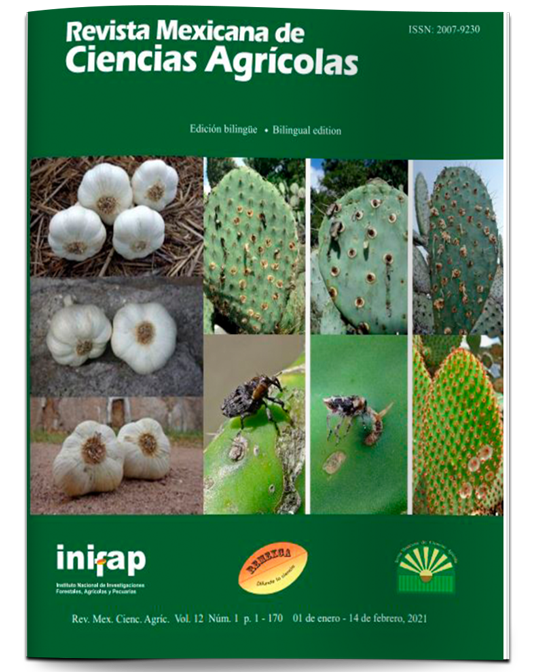Pytochemical screening and evaluation antimicrobial activity of the methanol extract of Ficus carica
DOI:
https://doi.org/10.29312/remexca.v12i1.2435Keywords:
Ficus carica Linn., actividad antibacteriana, metanolAbstract
Fig tree (Ficus carica Linn.) was appreciated as food and for its medicinal properties, it grows in Mediterranean region, and it is admirably adapted to the conditions of Algeria. The use of natural resources to treat and cure diseases is an old and still widespread method. The objective of this work was to evaluate the antibacterial activity that exists through methanolic extracts of fig leaves grown in the Algerian environment. Antibacterial assay was carried out via disc diffusion method to measure the diameter of the zone of inhibition on the Müller-Hinton agar plate against four selected bacteria strains Staphylococcus aureus (Gram positive) and Pseudomonas aeruginosa, Escherichia coli, klebsiella pneumonia (Gram negative), in addition to the detection of some active compounds was carried out by phychemical screening. The result obtained showed that F. carica extracts revealed the presence of flavonoids, saponins, tannin, alkaloids. The presence of secondary metabolites made in these extracts is the cause of the observed antimicrobial potential. Consequently, all extracts exhibited the bactericidal effect towards the bacteria tested, while the crude extract of methanol was active against Gram positive bacteria more than Gram negative bacteria. In this study, the potential for development of alternative antibiotics derived from the methalonic extract of fig leaves was highlighted.
Downloads
Published
How to Cite
Issue
Section
License
Copyright (c) 2021 Revista Mexicana de Ciencias Agrícolas

This work is licensed under a Creative Commons Attribution-NonCommercial 4.0 International License.
The authors who publish in Revista Mexicana de Ciencias Agrícolas accept the following conditions:
In accordance with copyright laws, Revista Mexicana de Ciencias Agrícolas recognizes and respects the authors’ moral right and ownership of property rights which will be transferred to the journal for dissemination in open access. Invariably, all the authors have to sign a letter of transfer of property rights and of originality of the article to Instituto Nacional de Investigaciones Forestales, Agrícolas y Pecuarias (INIFAP) [National Institute of Forestry, Agricultural and Livestock Research]. The author(s) must pay a fee for the reception of articles before proceeding to editorial review.
All the texts published by Revista Mexicana de Ciencias Agrícolas —with no exception— are distributed under a Creative Commons License Attribution-NonCommercial 4.0 International (CC BY-NC 4.0), which allows third parties to use the publication as long as the work’s authorship and its first publication in this journal are mentioned.
The author(s) can enter into independent and additional contractual agreements for the nonexclusive distribution of the version of the article published in Revista Mexicana de Ciencias Agrícolas (for example include it into an institutional repository or publish it in a book) as long as it is clearly and explicitly indicated that the work was published for the first time in Revista Mexicana de Ciencias Agrícolas.
For all the above, the authors shall send the Letter-transfer of Property Rights for the first publication duly filled in and signed by the author(s). This form must be sent as a PDF file to: revista_atm@yahoo.com.mx; cienciasagricola@inifap.gob.mx; remexca2017@gmail.
This work is licensed under a Creative Commons Attribution-Noncommercial 4.0 International license.



